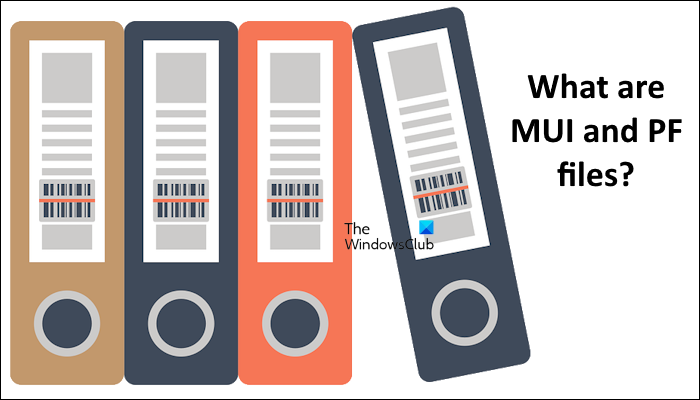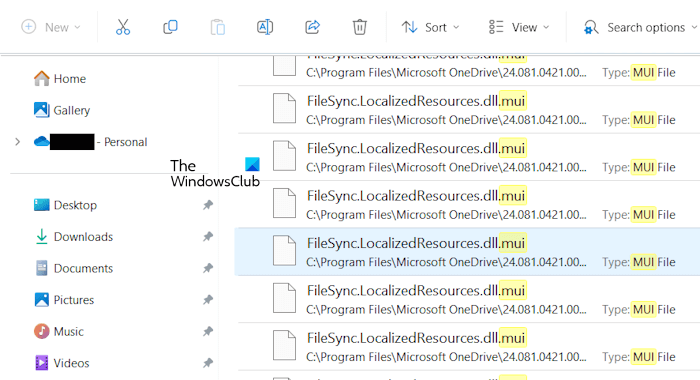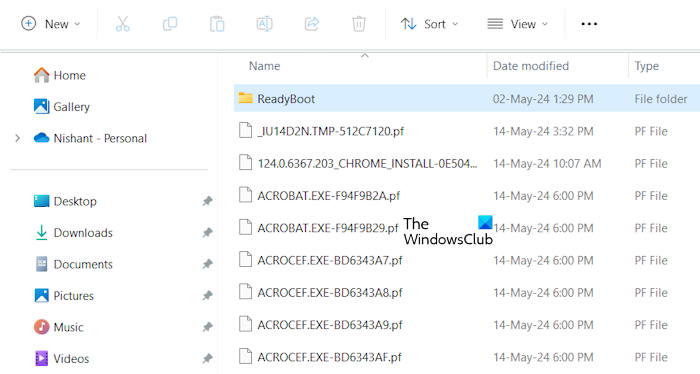In this article, we will discuss the MUI and PF files in Windows computers. Both MUI and PF are file extensions. These files are located in the root directory of the Windows OS.

In the Windows operating system, the MUI file extension stands for Multilingual User Interface and the PF file extension stands for Prefetch. Both these files are located in the root directory at different locations.
What are MUI files in Windows?

As explained above, MUI refers to the Multilingual User Interface in Windows OS. The files with the MUI extension are located in the root directory at different locations. The easiest way to find them is by using the File Explorer Search. Open File Explorer, then open the C drive. Now, type .mui in the search bar on the top right side. Hit Enter.
A Multilingual User Interface is a technology that enables multilingual user experiences in Windows OS. The earlier versions of Windows were available in a single language, English. Windows 98 was the first Windows version to support 30 languages.
MUI technology provides support for more languages for the Windows operating system and for applications and software built for the Windows platform. It provides multiple benefits to developers, enterprises, and OEMs. Complete details about MUI technology are available on Microsoft’s official website.
Windows OS and other applications or software can use the files with MUI extensions. Therefore, deleting these files is not suggested.
What are PF files in Windows?
In the Windows operating system, PF stands for Prefetch. Hence, the files with the PF file extension are the Prefetch files. These files are associated with different programs installed on a Windows computer. Windows OS creates these files when you launch a program for the first time. These files contain data that helps Windows OS to launch that particular program faster the next time.

The default location of the Prefetch files is:
C:\Windows\Prefetch
Because Windows creates these files automatically when you launch a program for the first time, you can delete them. Deleting the Prefetch files will not impact your system or its performance. I tried it. I deleted the PF file associated with the built-in Calculator app. After that, the deleted file was created automatically when I launched the Calculator app.
Is it safe to delete PF files?
Yes, deleting the PF (Prefetch) files is completely safe. These files are associated with the programs installed on your system. Windows creates them to decrease the launch time of the programs the next time you open them. When you delete these files, Windows will create them automatically the next time you launch that program.
What useless files can I delete?
With time, temporary files start taking up space on your C drive. Therefore, deleting them from time to time will free up the space on the C drive. Some of the files that you can delete include temporary files, prefetch files, files in the Recycle Bin (if not required), files of the uninstalled programs (if not required), etc. On the C drive, the Windows is the largest folder. Therefore, you should be careful while deleting files inside the Windows folder.
Read next: How to view and edit CDR file in Windows?
Leave a Reply